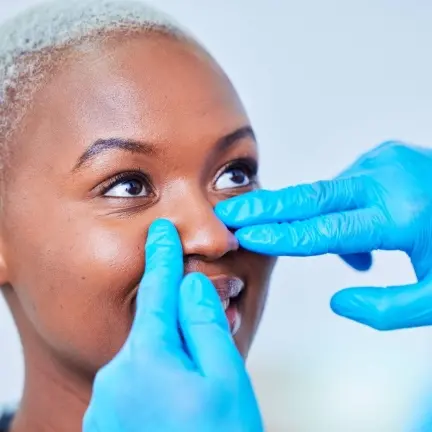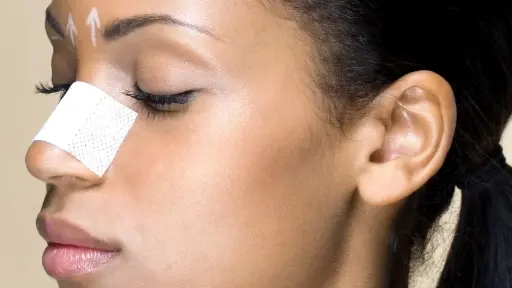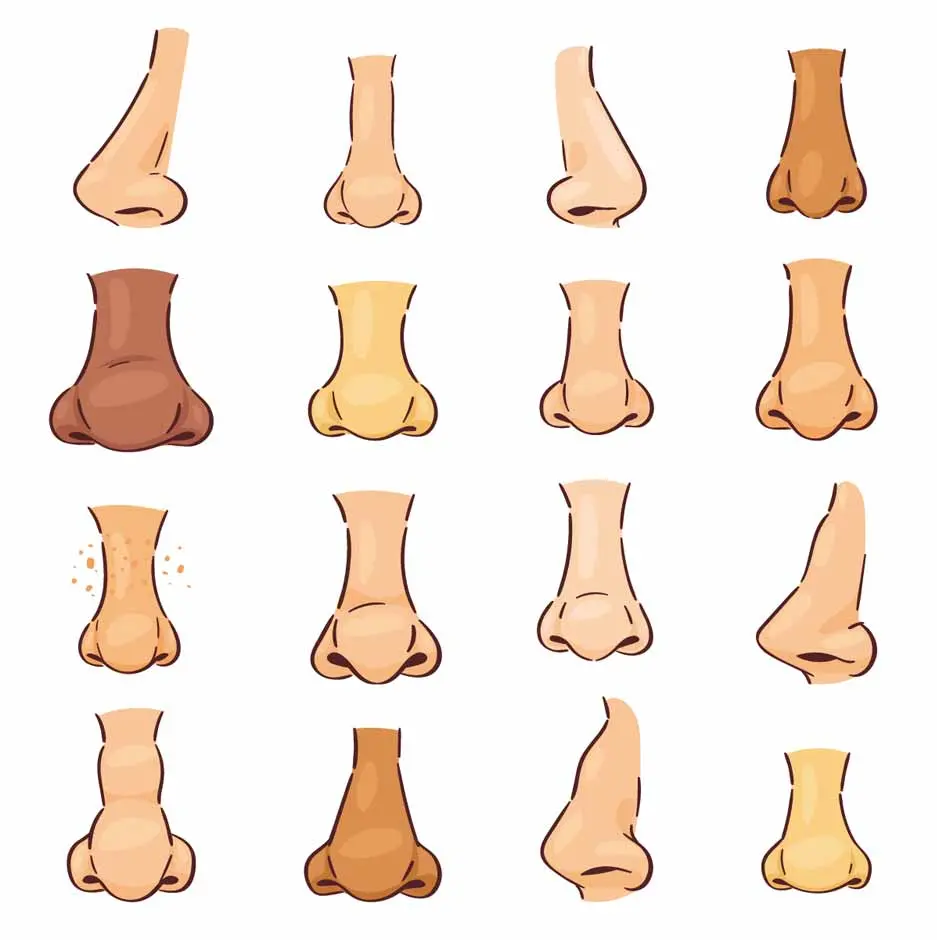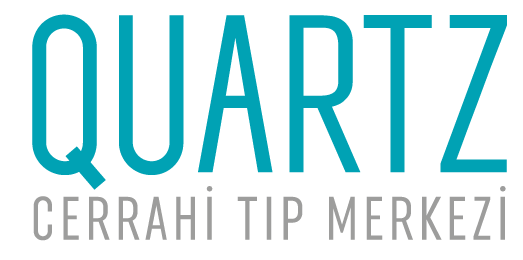
Contents
- Why Is Turkey a Preferred Destination for Ethnic Rhinoplasty?
- African-American Ethnic Rhinoplasty in Turkey
- The Surgical Approach: Precision and Cultural Sensitivity
- Before and After: What to Expect from Ethnic Rhinoplasty
- The Cost of Ethnic Rhinoplasty in Turkey
- Recovery and Postoperative Care
- Why Choose Our Clinic for Ethnic Rhinoplasty?
- Frequently Asked Questions (FAQ)

Preserving Cultural Identity Through Personalized Nasal Aesthetics
Ethnic rhinoplasty is a highly specialized form of nasal surgery that takes into account the unique anatomical and aesthetic characteristics associated with different ethnic backgrounds. Unlike conventional rhinoplasty, which often adheres to Western ideals of nasal proportions, ethnic nose job procedures are tailored to maintain the individual’s cultural identity while achieving functional and aesthetic refinement. This approach is particularly important for patients of African, Middle Eastern, Asian, or Latin American descent, whose nasal structures often differ in terms of skin thickness, cartilage shape, and nasal bridge height.
Why Is Turkey a Preferred Destination for Ethnic Rhinoplasty?
In recent years, Turkey—and particularly Istanbul—has emerged as a global center for advanced facial plastic surgery. The country's rise in medical tourism is attributed to the convergence of expert surgeons with international training, state-of-the-art surgical infrastructure, and a patient-centered approach that respects both aesthetic preferences and cultural nuances.
Choosing ethnic rhinoplasty in Turkey provides the benefit of:
- Surgeons with extensive experience in treating ethnically diverse patient populations
- Customized preoperative planning using 3D imaging and morphing technologies
- A comprehensive, multilingual medical tourism system that ensures patient safety, comfort, and satisfaction
Key Anatomical Considerations in Ethnic Nose Job Procedures
Each ethnic group exhibits unique nasal features that must be addressed with individualized surgical planning. These include:
- Thick nasal skin in many Middle Eastern and African patients, which can obscure nasal tip definition
- Low nasal bridges seen in East Asian populations, often requiring dorsal augmentation
- Wide nasal bases or flared nostrils, which may necessitate alar base reduction
- Weak or underprojected cartilage structures, frequently requiring cartilage grafting for support and projection
Successful wide nose ethnic rhinoplasty addresses these structural elements while preserving the patient’s overall facial harmony and cultural authenticity.

African-American Ethnic Rhinoplasty in Turkey
Tailored Techniques for Distinctive Nasal Anatomy
Patients of African descent often present with nasal features that require highly specialized techniques in ethnic rhinoplasty. These may include a broad nasal base, low nasal bridge, thick skin, and a weak tip support structure. Standard rhinoplasty methods are frequently insufficient or inappropriate for these unique anatomical considerations, which is why it is crucial to seek a surgeon experienced in African-American nose surgery.
In Turkey, a growing number of clinics—particularly in Istanbul—have established a reputation for delivering natural-looking, culturally appropriate outcomes for African-American patients. Surgeons apply advanced cartilage grafting, alar base reduction, and dorsal augmentation to reshape the nose while maintaining harmony with the rest of the facial features.
Key Techniques Include:
- Alar base narrowing to reduce nostril flare
- Columellar strut grafting for tip projection and definition
- Dorsal augmentation using autologous cartilage or biocompatible implants
- Soft tissue management for thick skin and scar prevention
Our clinic is proud to serve patients from the African diaspora, offering customized treatment plans and high-standard postoperative care. The entire surgical journey—from consultation to follow-up—is conducted with deep cultural sensitivity and aesthetic respect for African heritage.
The Surgical Approach: Precision and Cultural Sensitivity
Ethnic rhinoplasty surgery demands a nuanced approach that balances structural correction with respect for ethnic identity. The surgical plan may include:
- Alar base modification to reduce nostril width
- Tip refinement techniques to enhance definition without over-narrowing
- Dorsal augmentation using cartilage grafts (e.g., septal, auricular, or costal cartilage) to elevate the nasal bridge
- Osteotomies to reshape the nasal bones for symmetry
The key objective is not to conform to a universal beauty standard, but rather to achieve a natural and proportionate nasal shape that aligns with the patient's individual features and cultural background.
Before and After: What to Expect from Ethnic Rhinoplasty
When performed by a qualified specialist, the results of ethnic rhinoplasty before and after are both subtle and transformative. Patients typically experience:
- Improved nasal symmetry and proportion
- Enhanced nasal definition that complements ethnic traits
- Increased facial harmony and self-confidence
- Preservation of breathing function, especially when combined with functional corrections (e.g., septoplasty)
Visual documentation through standardized preoperative and postoperative photography allows both patients and surgeons to assess aesthetic outcomes over time.

The Cost of Ethnic Rhinoplasty in Turkey
One of the primary considerations for international patients is the cost of ethnic rhinoplasty. While prices can vary depending on the complexity of the case, the surgeon’s expertise, and the clinical setting, Turkey offers a significant economic advantage compared to Western countries. The ethnic rhinoplasty Turkey price typically reflects a comprehensive package that may include:
- Preoperative consultation and facial analysis
- Surgeon’s and anesthesiologist’s fees
- Hospital or surgical suite expenses
- Medications and postoperative care
- Accommodation, airport transfers, and interpretation services
Instead of focusing on isolated surgical costs, patients are encouraged to evaluate the overall value proposition, including medical quality, safety standards, patient satisfaction, and holistic support services.
To receive a personalized estimate tailored to your needs, we recommend scheduling a detailed consultation.
Recovery and Postoperative Care
Recovery following ethnic nose surgery typically spans several phases:
| Phase | Clinical Observations |
|---|---|
| First Week | Swelling, bruising, nasal splint applied and removed |
| Week 2–4 | Significant reduction in edema; early aesthetic results visible |
| Month 1–3 | Ongoing refinement; return to full activity |
| Month 6–12 | Final shape and contour stabilization |
Postoperative instructions include avoiding strenuous activity, applying cold compresses as directed, attending follow-up visits, and maintaining realistic expectations, as final results may take up to a year to fully mature.
Why Choose Our Clinic for Ethnic Rhinoplasty?
Our center is recognized for its expertise in ethnic rhinoplasty, particularly among international patients. Highlights include:
- Board-certified plastic surgeons with 20+ years of experience
- Multilingual patient coordinators and international service teams
- A portfolio of successful ethnic nose job outcomes documented through before and after images
- Patient-centered care with an emphasis on cultural sensitivity
- On-site accommodation options and concierge-style support for medical travelers
Our team understands the aesthetic diversity of each individual and works closely with patients to ensure their expectations are met without compromising ethnic harmony.
Frequently Asked Questions (FAQ)
Is ethnic rhinoplasty more complicated than standard rhinoplasty?
Yes, due to differences in nasal anatomy such as thick skin, wider bases, and low bridges, ethnic rhinoplasty requires advanced techniques and specialized training.
Will my new nose look unnatural?
No. The goal is to create a nose that fits harmoniously with your facial structure while maintaining your unique ethnic features.
Can I combine this surgery with functional corrections like septoplasty?
Yes, many patients combine ethnic rhinoplasty with functional procedures to improve breathing.
Can I see real ethnic rhinoplasty before and after results?
Yes, a gallery of real patient outcomes is available during consultation. These images help set realistic expectations.
How long should I stay in Turkey after the operation?
We generally recommend a minimum of 6–7 days, depending on your recovery and the extent of your surgery.
Is language a barrier?
No. Our international patient services team provides full assistance in English and multiple other languages.
Request a Personalized Consultation
If you are considering ethnic rhinoplasty in Turkey and would like to receive a tailored treatment plan, please contact us for a confidential consultation. Our medical team is here to guide you through every step of your journey—from aesthetic planning to post-surgical support.
![dr.leyla-arvas-800×1000.jpg[1] dr.leyla arvas](https://www.quartz.com.tr/wp-content/uploads/2024/11/dr.leyla-arvas-800x1000.jpg1_.webp)
Author : Op. Dr Leyla ARVAS
Dr Leyla Arvas is an internationally recognised specialist in aesthetic surgery based in Istanbul. Graduated in 1998 from Istanbul University Faculty of Medicine, she has developed her expertise by studying in Taiwan, Japan and Spain during her 20 years of experience.
This article November 19, 2025 was updated on
Editor: admin@quartz.com.tr


